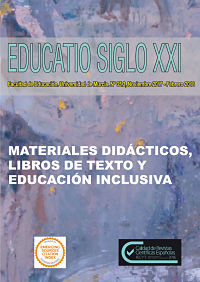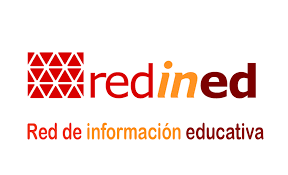Environmental Dimensions and Products and Technology that Influence Participation and Inclusion of Students with Disabilities
Abstract
The aim of this study was to identify environmental conditions that influence the inclusion process of students with disabilities. To this end, the Individualized Education Programs (IEP) for 170 students with
additional support needs were analyzed. The sample represented all regions of continental Portugal. The IEP were subject to content analysis with the identification of meaning units and its deductive categorization within the taxonomies proposed by Whiteneck et al. (1997) – accessibility, availability, adaptability, social support and equity – and the ICF-CY (WHO, 2007) – products and technology, natural environment, support and relationships, attitudes, and services, systems and policies. The results suggested that social support (e.g., attitudes, supportive behaviors) and availability (e.g., services, resources, materials) and adaptability (e.g., adjustment of methods/tasks/materials) were the most referenced dimensions in the support provided to enhance students’ participation. In a congruent way, the most mentioned domains of the ICF-CY were support and relationships (i.e., physical and emotional
practical support) and products and technology, specifically educational methods/materials adapted or especially designed. Based on these results practical implications on different educational system levels were outlined.
Downloads
-
Abstract437
-
PDF (Español (España))434
Original work publishes in this journal is subject to the following terms:
1. Murcia University Press (the publishing house) holds the copyright of the publishes work, and favours and allows their reutilization under the use license stated in point 2.
© Servicio de Publicaciones, Universidad de Murcia, 2015
2. Work is published in the electronic edition under a license (Creative Commons Reconocimiento-NoComercial-SinObraDerivada 4.0 España (legal text). They can be copied, used, disseminated, transmitted and publicly presented, as long as: i) authorship and original publication source is acknowledged (journal, publishing house and URL of the work); ii) are not used for commercial purposes; iii) the existence and specifications of this use license is stated.
3. Conditions for self-archive. Authors are allowed and encouraged to disseminate electronically the pre-pint (before review) and/or post-print (accepted for publication) versions of their work before their publication since that favours earlier circulation and dissemination resulting in an increased chance for the authors to be cited and for the work to reach a bigger share of the academic community. Colour: RoMEO: green.







